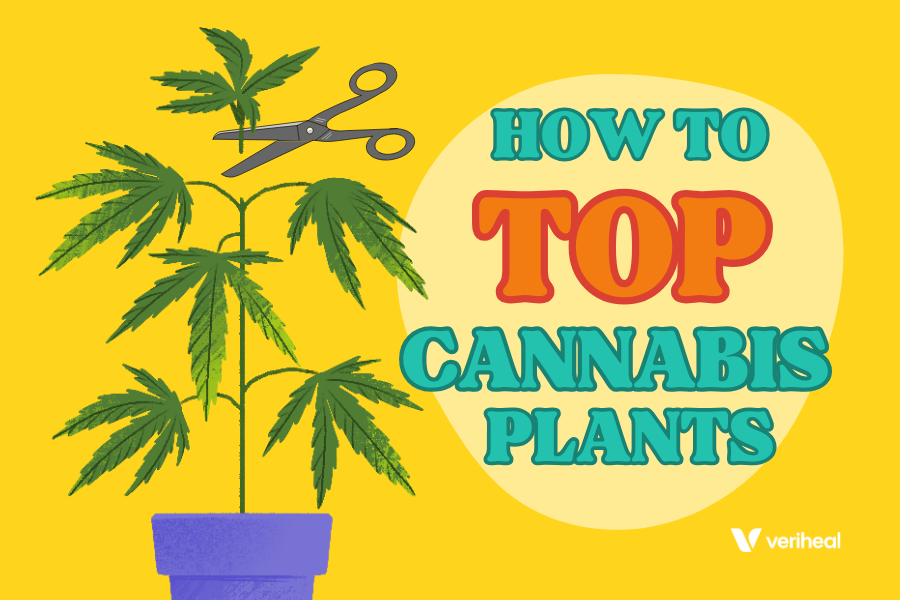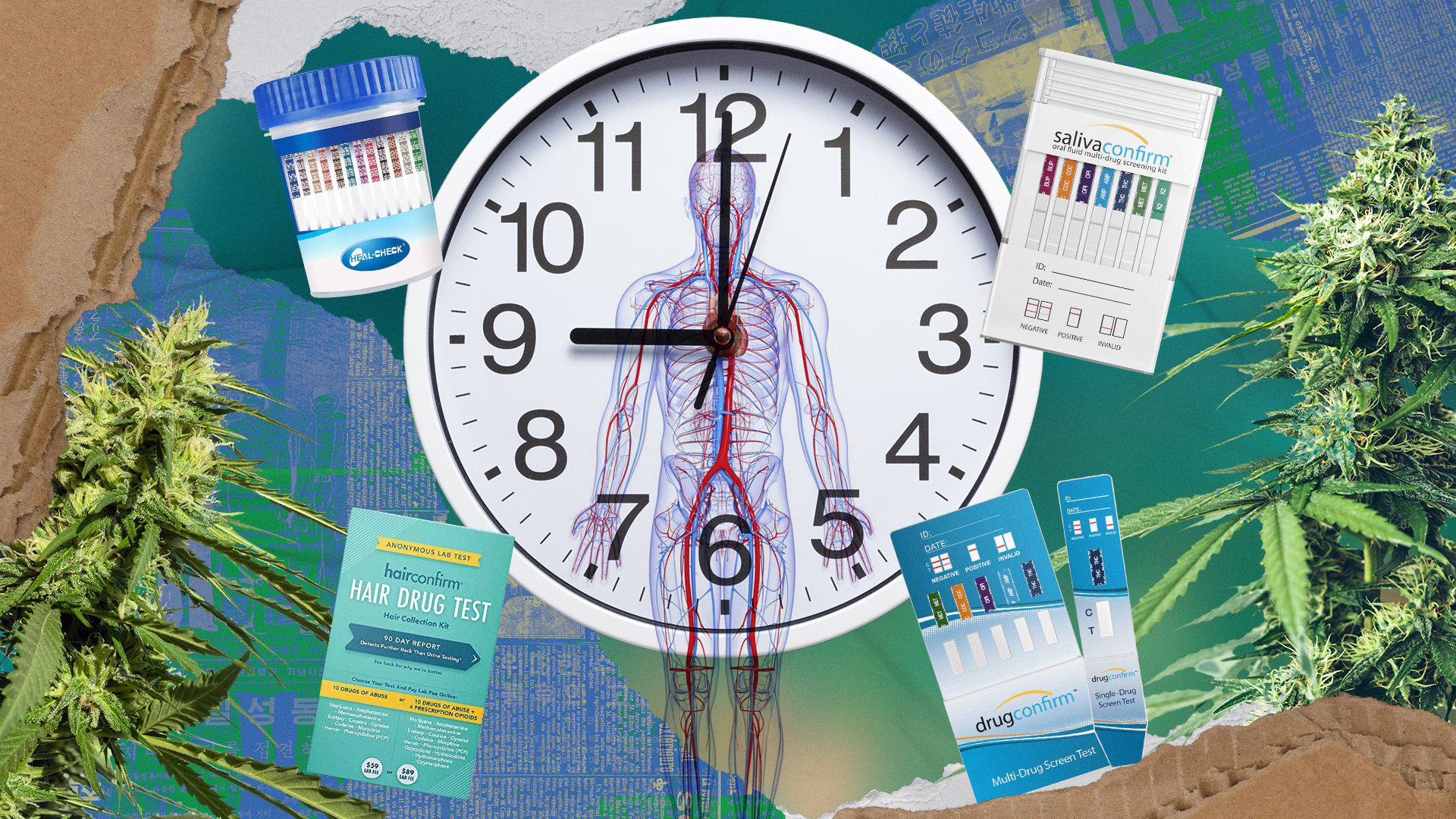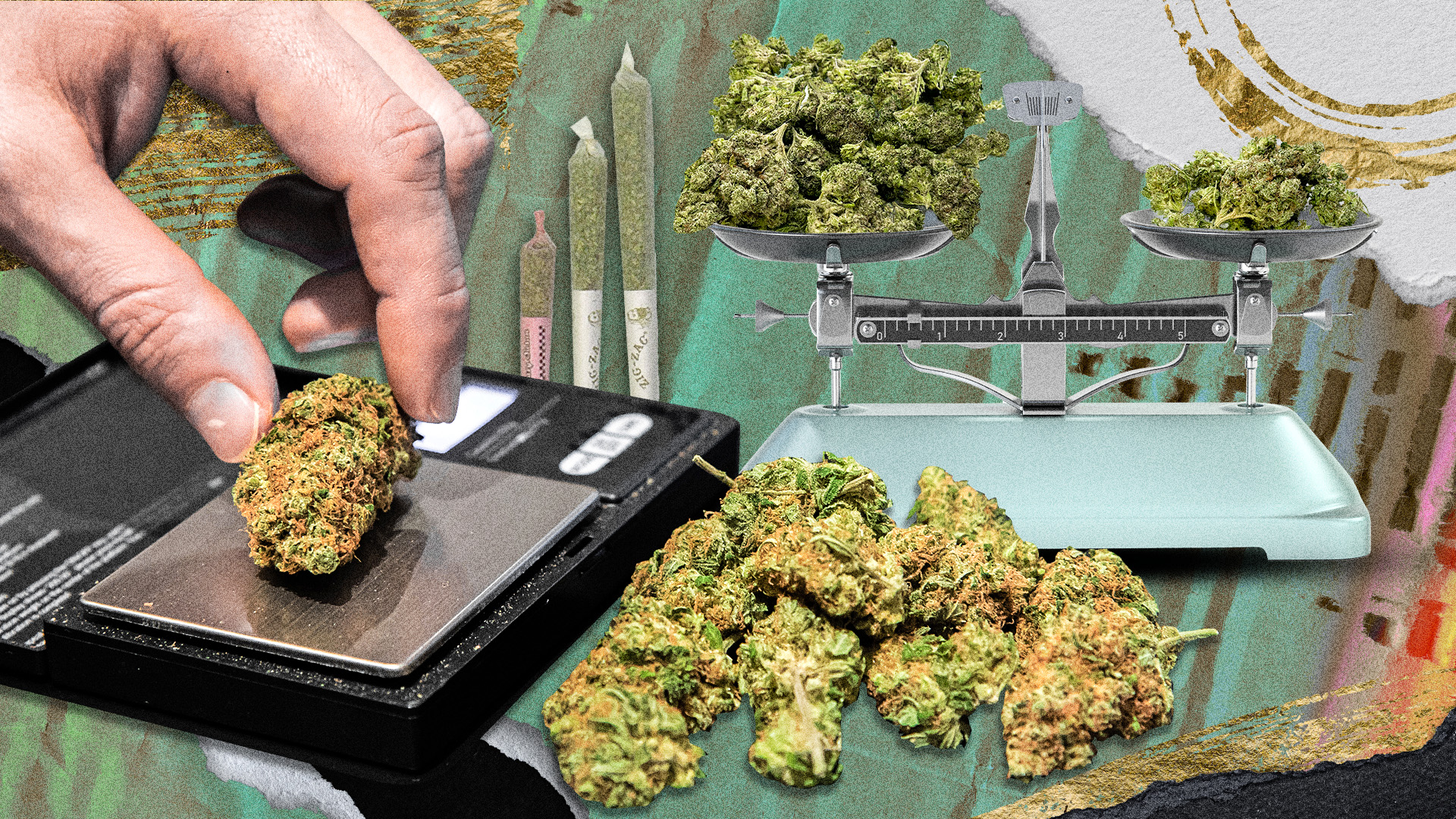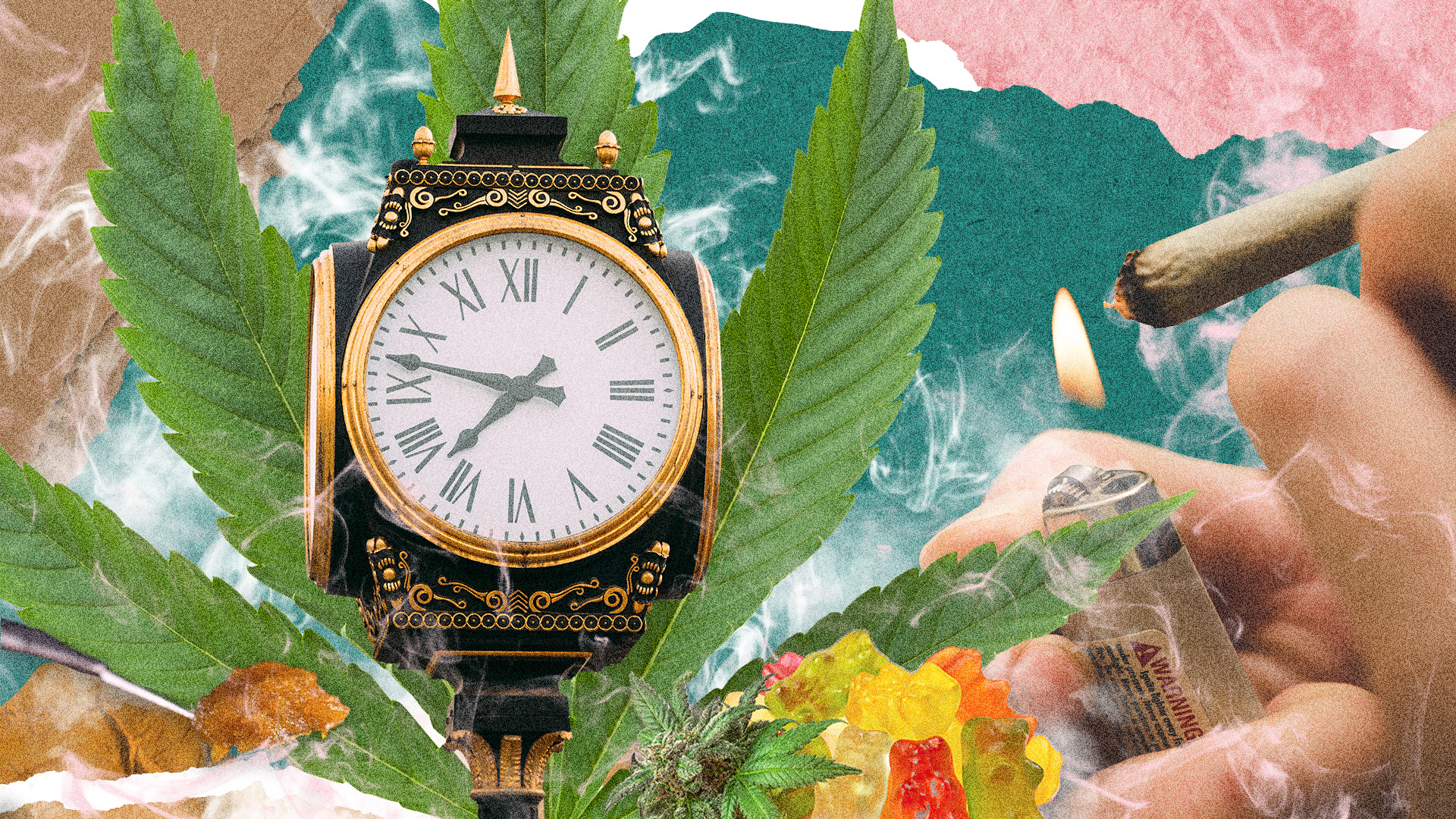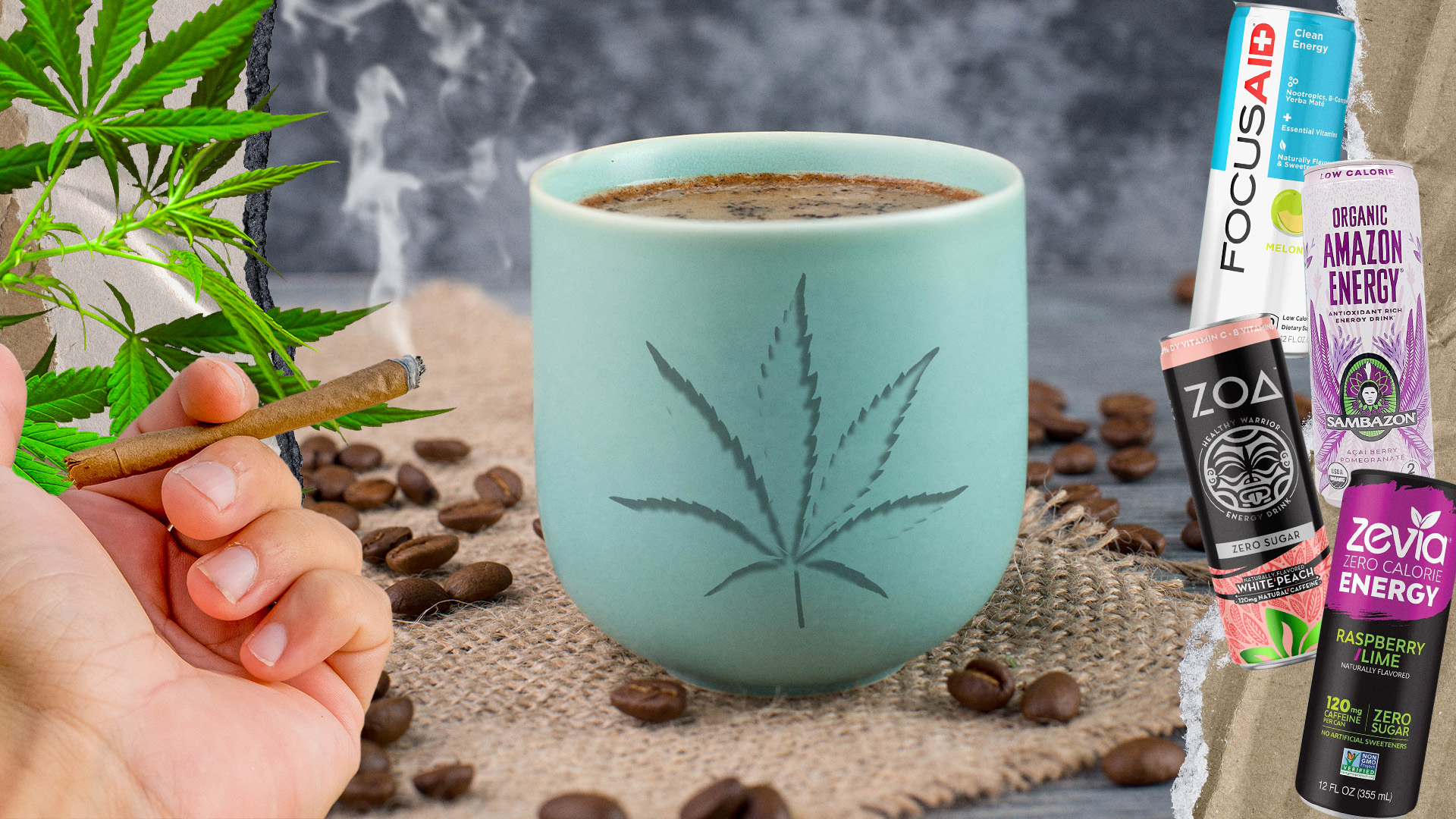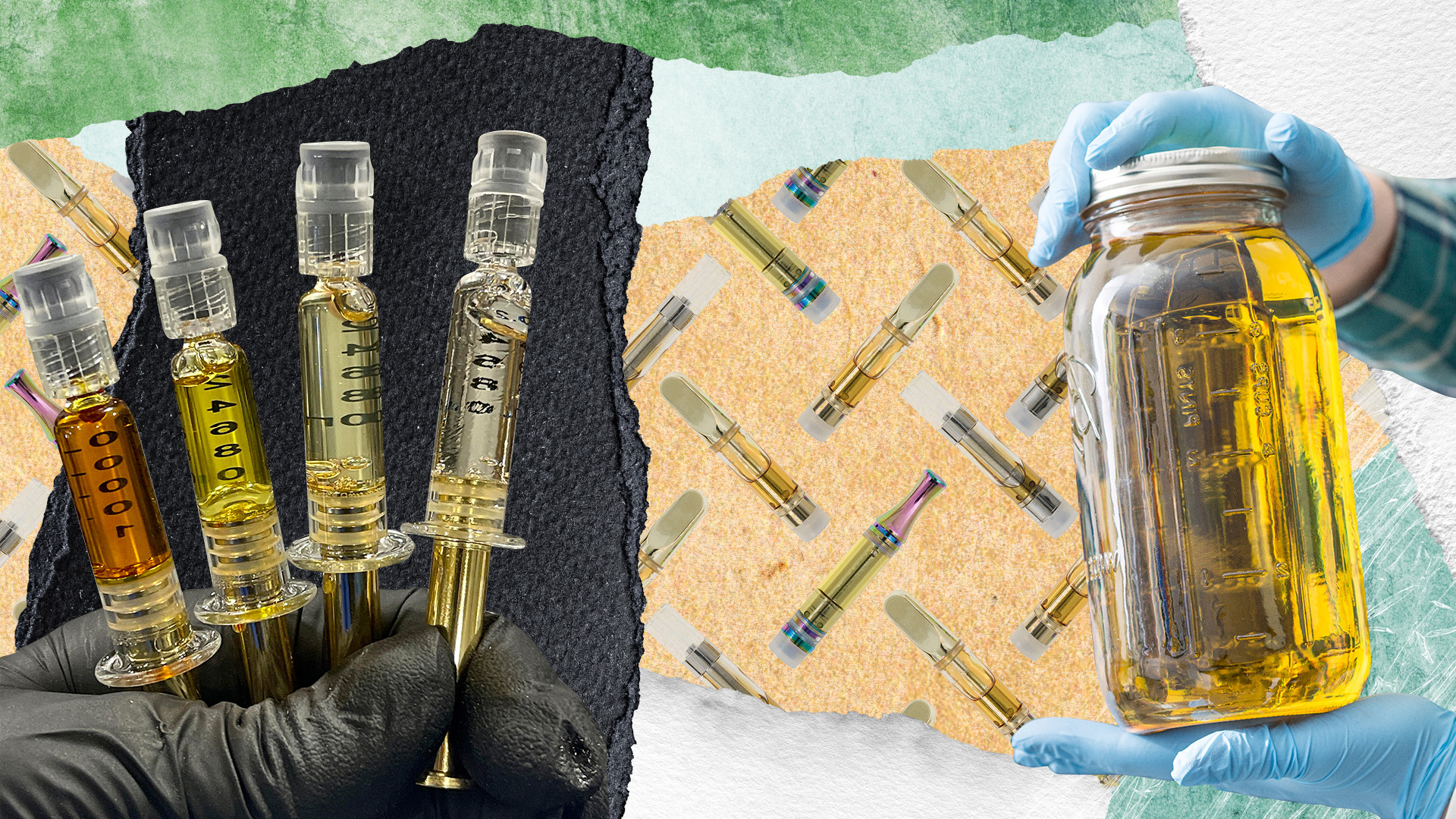Cannabis legalization has allowed more individuals than ever to grow the herb at home. As the number of home cultivators increases, so too do the debates about best practices for growing the plant–and specifically, how to top cannabis plants.
Despite the debate, there’s one technique that almost all growers can agree on — “topping”. Today’s blogs will teach you what topping is, some of its benefits, and how you can get to topping today.
Why Cultivators Choose to Top Cannabis Plants
Topping indoor cannabis plants is essential for optimizing yield and harvest quality. This process stimulates the growth of new branches and bud points. Initiate topping when plants are in the vegetative stage — doing it multiple times in various locations to maximize bud points before flowering.
Though early topping is increasing in popularity, topping should start after the plant has developed three to five nodes, with a preferred range of five to seven nodes to avoid potential stress or shock. Indoors, focus on achieving a robust canopy with large colas, as the lower parts of the plants tend to yield less. Topping cannabis plants becomes particularly beneficial in this context.
» Learn more about growing cannabis plants.
How To Top a Cannabis Plant
Topping cannabis plants can be scary, especially for new growers, but the process itself is quite simple. Before proceeding, there are a few key considerations to ensure a successful outcome. First and foremost, it is essential to gather the minimal tools required for topping a cannabis plant.
What is Needed to Top a Cannabis Plant?
- At Least 3-5 Nodes on a cannabis plant in veg cycle.
- A Pair of Sanitized Pruning Snips
- Isopropyl Alcohol and a Clean Cloth or Alcohol Wipes
Tips for Greater Success
- Wash Your Hands and/or Wear a New Pair of Gloves While Topping
- Sanitize Your Snips and Allow Them to Dry Before Topping
- Wipe Down Your Snips with Isopropyl Alcohol Between Snips if Topping in Multiple Places or Multiple Plants
Topping Technique
- Locate the Main Stem of Your Plant
- Locate the Top Node (Where the Leaves Branch Off)
- Cut the Main Stem Just Above the Top Node
- Clean Your Snips with Alcohol and Repeat
Topping a cannabis plant allows for the integration of various techniques like defoliation, low-stress training (LST), cropping, etc. When combined with the appropriate conditions and nutrients, these methods increase the cannabis plants’ chances of thriving.
What Does it Mean to Defoliate or Defol a Cannabis Plant?
Defoliation plays a crucial role in indoor cannabis growth, particularly when it comes to the development of colas and dense canopies. To achieve this, defoliation is often combined with topping. This process involves the gradual removal of lower leaves and bud points, redirecting nutrients toward the top of the plant for optimal cola growth.
It’s essential to conduct defoliation in multiple phases rather than all at once to prevent plant shock or stress. The last thing you want to do is have a plant die from stress or turn into a male. Initial defoliation should focus on removing larger fan leaves and sucker leaves when the plants are in their teenage stage.
Why You Should Get Your Medical Marijuana Card
Veriheal has satisfied millions of patients nationwide by giving them access to these benefits
- Larger purchase limits
- Peace of mind
- Enhanced legal protection
- Access to higher potency strains
- Save up to 25% on cannabis purchases
- Skip the line at the dispensary
You may think you’re killing your plants, but you’re not. You’ll be surprised how fast they bounce back.
A second defoliation is recommended just before transitioning the plant’s light cycle from vegetative to flowering. During this phase, it’s advisable to strip the lower part of the plant of leaves, creating an open space devoid of growth.
By the time you switch to the flowering stage, you should have a healthy canopy with numerous bud points. Ensure that leaves obstructing bud sites from receiving light and those impeding airflow are removed. However, it’s important to note that defoliation alone may not suffice; other techniques such as training should also be incorporated.
» Learn more about harvesting cannabis plants.
What Does it Mean to Train A Cannabis Plant?
The most common plant training method is low-stress training (LST).
LST involves gently bending, sometimes even lightly breaking stems to encourage stronger growth in desired directions. This technique often utilizes bread ties or LST clips and is essential for mainlining, which can transform one plant into multiple colas, such as 8, 10, 12, or 16. While mainlining requires a longer vegetative phase, many growers find the resulting rewards well worth the wait.
Now that you know what it means to top a cannabis plant, how to do it, and why you should do it, all that’s left is for you to do it.
Cannabis cultivation can be both enjoyable and rewarding as you acquire knowledge and discover what methods work best for your specific needs. Like all aspects of cannabis cultivation, experience will be your best teacher.
Author, Share & Comments










